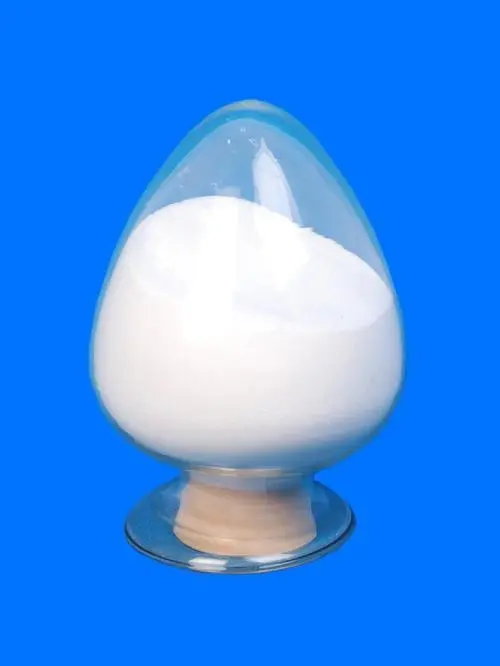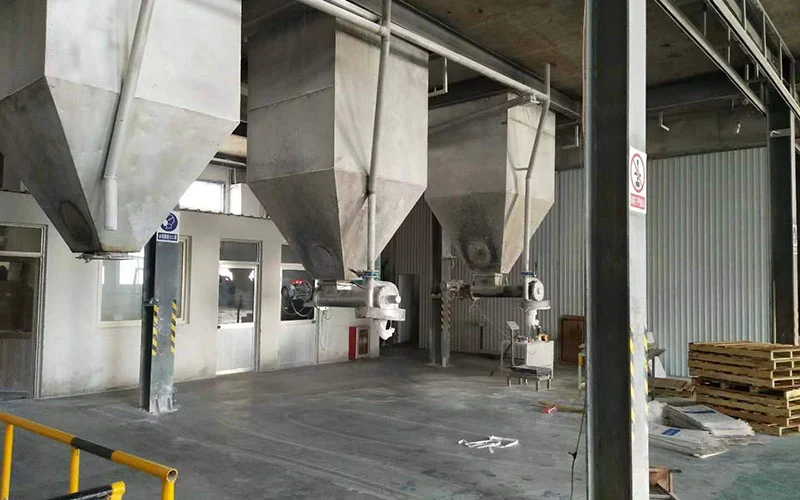Aluminum hydroxide as a flame retardant, because it can decompose chemically bound water (about 34.6%) at high temperature, this decomposition reaction is endothermic reaction, so it can delay the thermal degradation rate of polymers, slow down or inhibit the combustion of polymers, inhibit the temperature rise of polymers, and promote carbonization and smoke suppression. In addition, a large amount of water vapor released can dilute the concentration of combustible materials and reduce the contribution of combustible gas to combustion, resulting in a reduction in heat release and smoke generation in the system, which also helps to interrupt combustion. When aluminum hydroxide is decomposed, it releases water and absorbs a lot of latent heat, which reduces the actual flame temperature on the surface of the material and slows down the degradation rate of polymer to low molecular weight, thus reducing the occurrence of combustible materials. The uniform release of water vapor dilutes the concentration of oxygen on the surface so that surface combustion cannot be carried out, aluminum hydroxide begins to decompose at about 205° C, and the dehydration reaction is basically completed at 320°C, releasing crystalline water, absorbing latent heat, and reducing temperature (i.e.,"cooling technology" in flame retardant technology). In short, under the action of flame, aluminum hydroxide filled into the polymer decomposes and absorbs part of the heat released during combustion, which is equivalent to taking heat away from the polymer, thus reducing the temperature of the polymer and slowing down the degradation rate. This dispersive endothermic chemical cooling effect is the main reason for the flame retardancy of aluminum hydroxide. The water vapor released by the decomposition of aluminum hydroxide can dilute the concentration of gaseous reactants in the flame region and has a certain cooling effect. Aluminum hydroxide filled into the polymer, conducive to the formation of charring layer combustion, the charring layer can block heat and oxygen into, but also to block small molecules combustible gas escape. Aluminum hydroxide can effectively slow down the burning speed of polymers, reduce the amount of smoke generated by combustion, and also capture harmful gases. From the point of view of use, aluminum hydroxide is different from some organic additive flame retardants in that it does not produce corrosive combustion products and does not evaporate and exude from polymers.


